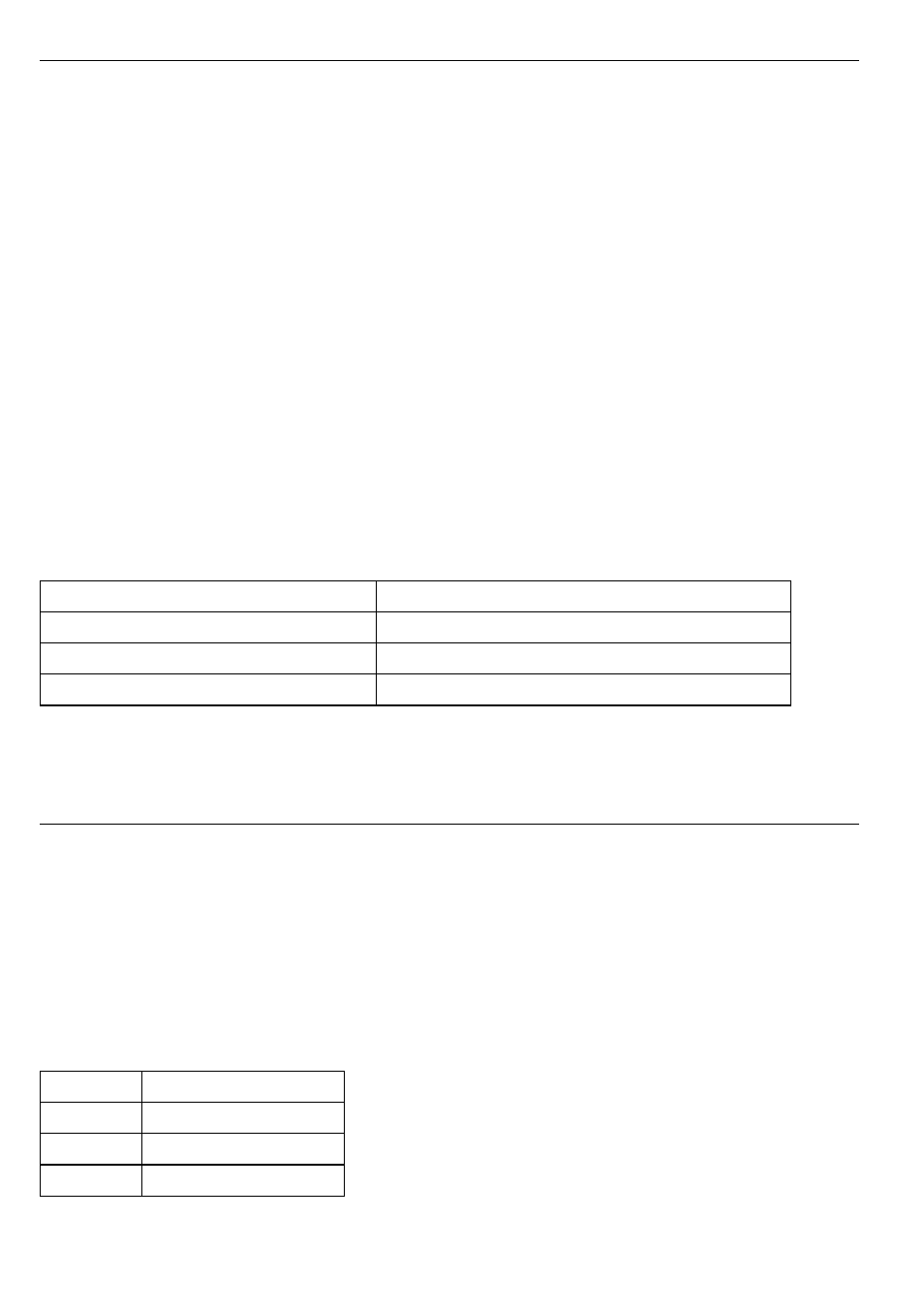Amprobe AMB-110 Insulation-Resistance-Tester User Manual
Page 16

11
POLARISATION INDEX
The purpose of this diagnostic test is to evaluate the influence of the polarization part of insulation
(Rpi, Cpi).
After applying a high voltage to an insulator the electric dipoles distributed in the insulator
align themselves with the applied electrical field. This phenomenon is called polarization. As the
molecules polarize, a polarization (absorption) current lowers the overall insulation resistance of
the material.
The absorption current (IPI) typically collapses after a few minutes. If the overall resistance of the
material does not increase, this means that other currents (e.g. surface leakages) dominate the
overall insulation resistance.
• PI is defined as the ratio of the measured resistances in two time slots. The most typical ratio is
10 min value to 1 min value but this is not a rule.
• The test is typically performed at the same voltage as the insulation resistance test.
• If the one-minute insulation resistance is greater than 5000 M, then this measurement may
not be valid (new modern types of insulation).
• Oiled paper used in transformers or motors is a typical insulation material that requires this
test.
In general, insulators that are in good condition will show a “high” polarization index while
insulators that are damaged will not. Note that this rule is not always valid.
General applicable values:
PI value
Tested material status
1 to 1.5
Not acceptable (older types)
2 to 4 (typically 3)
Considered as good insulation (older types)
>4(very high insulation resistance)
Modern type of (good) insulation systems
Example for minimum acceptable values for motor insulation (IEEE 43):
Class A =1.5, Class B = 2.0, Class F =2.0, Class H =2.0.
DIELECTRIC DISCHARGE
An additional effect of polarization is the recovered charge (from Cpi) after the regular discharging
of a completed test. This can also be a supplementary measurement for evaluation of the quality of
insulating material. This effect is generally found in insulating systems with large capacitance Ciso.
The polarisation effect (described in “Polarisation Index”) causes a capacitance to form (Cpi). Ideally
this charge would dissipate immediately a voltage was removed from the material. In practice, this
is not the case.
In conjunction with the polarisation index (PI), Dialectic Discharge (DD) is another way to check
the quality and suitability of a insulation material. A material that discharges quickly would
provide a low value while a material that takes a long time to discharge will provide a higher value
(described in the table below, for more information see the section of Diagnostic test).
DD value
Tested material status
> 4
bad
2 - 4
critical
< 2
good
